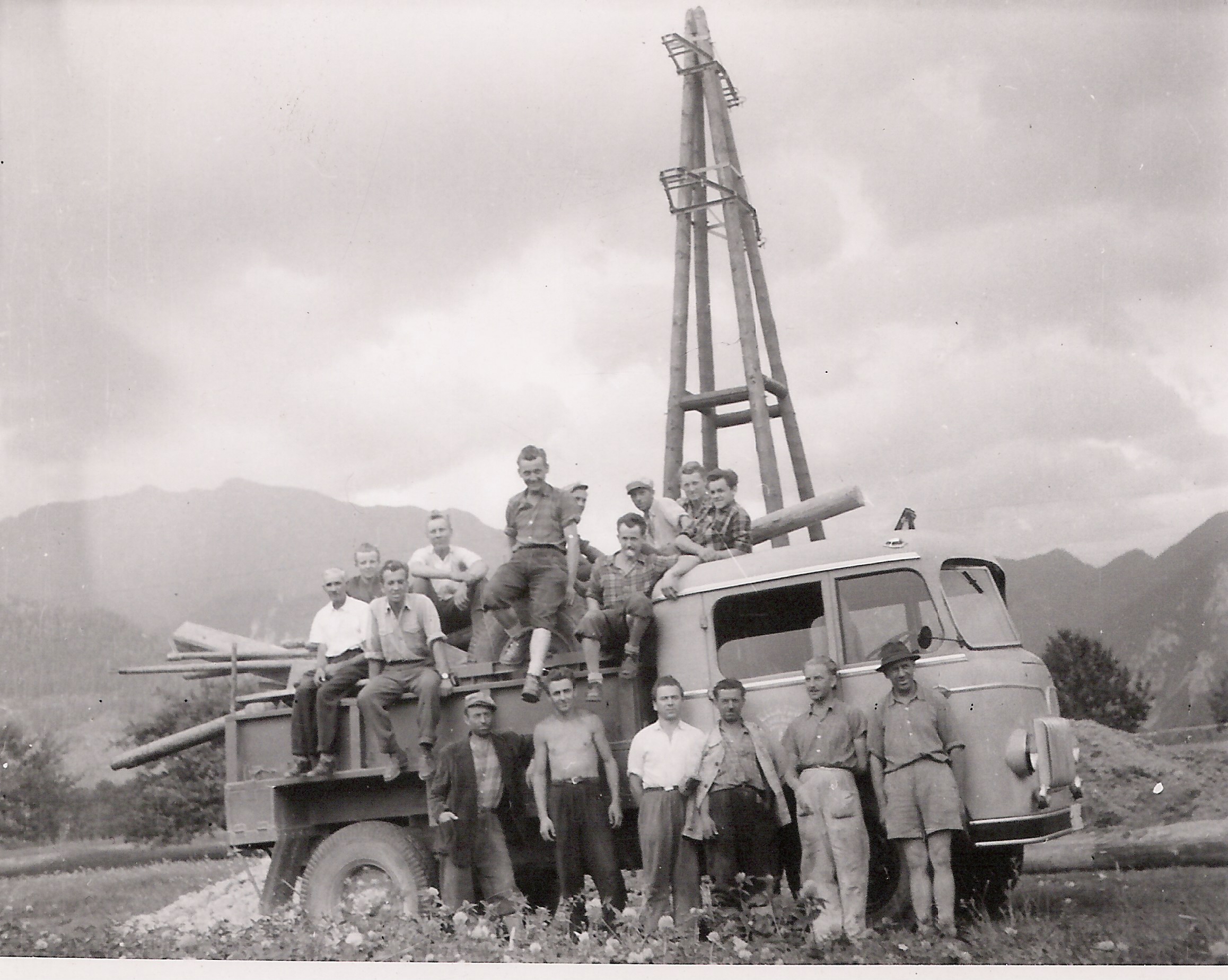Tradition for the future
125 years of positive energy
The Elektro Ljubljana has been technologically advanced from Day 1, and has remained at the top ever since. Throughout this time we have been ensuring that electric power serves Slovenians and leads consistently toward development. We started as pioneers of progress serving the people by installing Slovenia’s very first public lighting at the end of the 19th century, and today we continue to innovate, literally powering the development and establishment of electric mobility.
